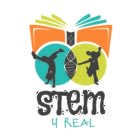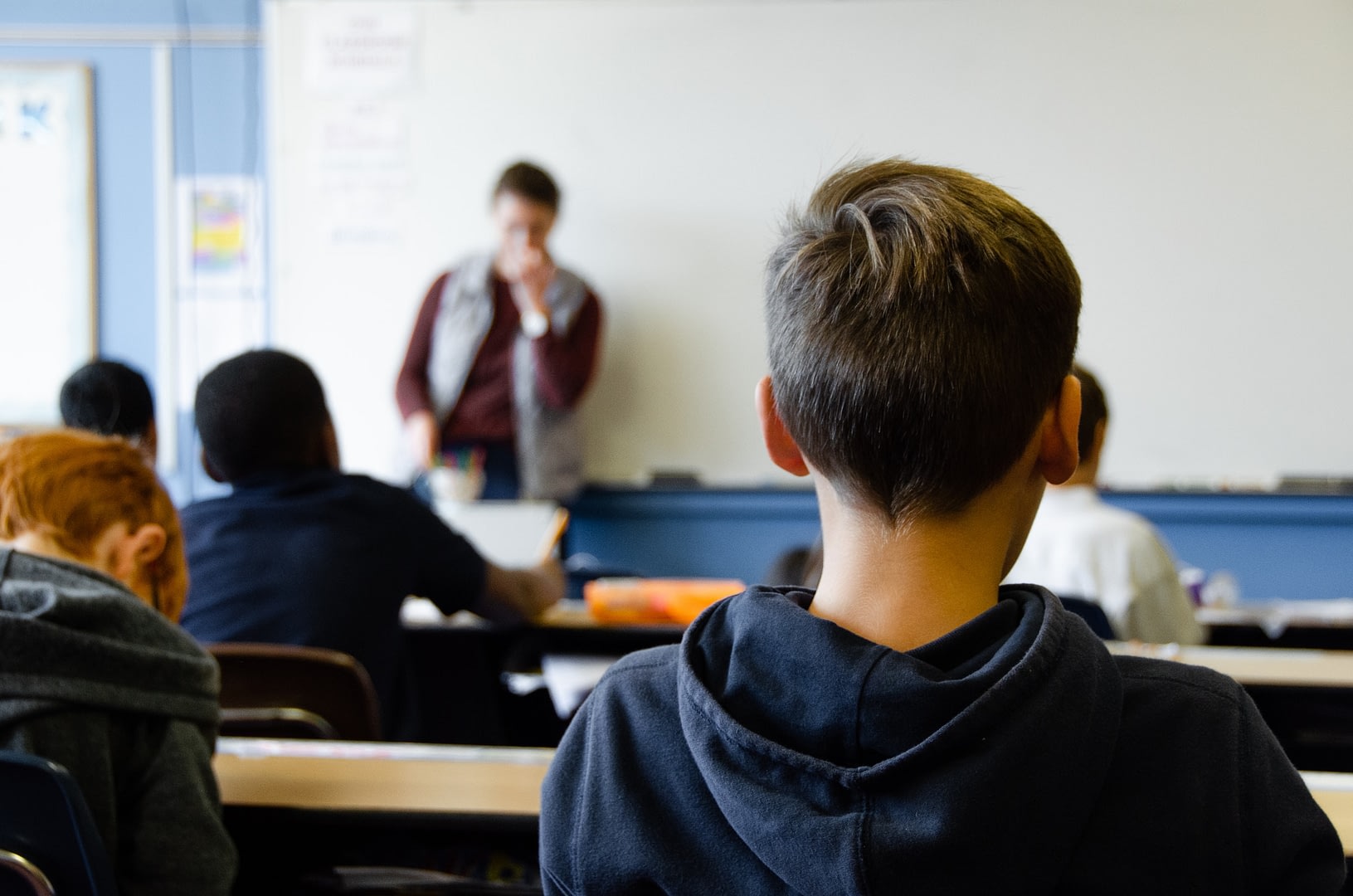Let’s set the stage: You are a principal conducting an observation of a teacher for evaluation with an overarching goal to assess for student instruction. You enter the classroom and feel the nerves of the teacher, the nerves of the student, and perhaps, even your own nerves as you brace yourself for what you will see for the next 55 minutes. As you walk in, you look at the list of goals and objectives described during your pre-conference with the teacher, you observe a stellar lesson with the goal and objective listed on the whiteboard for that day, students well-behaved and engaged in the lesson, and student work displayed on the wall. The teacher feels great because his or her observation lesson was a success. The students feel great because they were well behaved for 50 out of the 55 minutes, and you feel great because you just saw a great lesson to write your evaluation.
How can instructional leaders take a deeper dive into instructional observations? Moreover, how can we see observations as a form of collaboration versus evaluation between the teacher and administrator? STEM4Real wanted to do just that. STEM4Real is a professional development company that focuses on combining Science, Technology, Engineering, and Mathematics content professional learning with principles of equity and social justice. Not only do we deliver the professional learning, we observe how well the professional learning translates into the classroom context. Thus, we created the “STEM4Real DO-KNOW-THINK Observation Tool”.
Here’s an example. If we walk into the classroom using this tool and we saw students throwing paper airplanes at each other, there would be no place on the tool to write down that notation. The “worst” evaluation that a teacher can receive is a blank document. This is because the tool allows for observes to document what the students DO (via the science and engineering practices), what the students KNOW (content standards — CCSS, NGSS, ELD), and how the students THINK (via the cross cutting concepts).
How to use the observation tool:
We make sure that we share the observation tool with all parties involved: the teacher, administrator, and professional learning team. The teacher is fully aware of what to expect and what the observers are looking for. The administrator is also aware and has an observation partner to calibrate findings and discuss feedback. Together, the collaborative process allows for timely instructional feedback that ensures a direct impact on student learning.
Step 1: Science instruction focuses on the idea of using phenomena to ignite curiosity and ground instruction. This idea of phenomena-based instruction provides the “WHY” behind the learning and can be applied to across content areas. For example, learning about the federal court systems in US History might be more interesting when starting with a real-world phenomenon such as the controversial swearing in of Supreme Court Justice, Brett Kavanaugh. Observers can take note of the engaging phenomenon that provides the “WHY” behind the instruction.
Step 2: The science and engineering practices and standards for mathematical practice focus on one common theme: What are the students DOING? This is the “DO” of the DO-KNOW-THINK Framework and allows for teachers to create instructional sequences with the student verb in mind. The observer looks for the specific actions that students are doing during the observation session. Notice that “listening” or “reading” are not listed as verbs Though these verbs are important, the point is to take the listening and reading skills to the next level and apply it to a specific action-oriented verb. Observers can check the box or boxes of practices they see and can elaborate on the comments.
Step 3: The second frame in the DO-KNOW-THINK framework is the “KNOW” which is grounded in the state standards. This is to ensure that instruction is standards-based and aligned to grade level measures that students will be accountable for. Not all lessons will have all the standards; however there is a place to nice that some instructional sequences may be interdisciplinary and thus the observer can assess how the instructional sequence weaves the standards together across disciplines. Observers take note of the specific standards they see and can note down the lesson objective.
Step 4: The third frame is “THINK” where observers can see how students are thinking about the information via the cross cutting concepts. Even though the cross cutting concepts are part of the Next Generation Science Standards, there are many cross cutting concepts that can be applied “aCross the Content” such as patterns and cause and effect. Educators learn to make these cross cutting concepts explicit and apparent in the instructional sequences so that students are aware of what lens to view the learning. Observers check which box or boxes they noticed in the learning and then elaborate on their comments.
Step 5: The academic discourse component brings the DO-KNOW-THINK framework to life. This makes the instructional sequence intentional about student-to-student academic discourse and also allows for the teacher to reflect about how opportunities for student discourse were infused throughout the lesson. Observers could check the box where they saw evidence of partner talk, small group talk, or whole group talk along with their comments.
Step 6: This section is dedicated to other school or district-wide initiatives that incorporate a multi-tiered system of support (MTSS) and look at other components that may be part of the instructional sequence. For example, there might be a social-emotional curriculum that is also part of the instruction or there might be metacognitive strategies for students to reflect on the instruction.
We recommend this tool for at least 15 minutes of instruction or more. This allows for a comprehensive look at how the students were directly impacted by the DO-KNOW-THINK Framework.
Why this is a WIN-WIN-WIN situation:
*Teachers feel empowered and know what the observation tool looks like so they plan instruction accordingly based on the instructional strategies learned in the professional learning series.
*Administrators are able to observe for shifts in instructional practices and look at evidence directly related to quality student-centered learning directly found in the rubric.
*Professional Learning Providers are able to see the evidence of their work and the direct impact on student learning and for the first time, professional learning providers are held accountable with real-time classroom data to verify impact and reach.
When we shift the focus from teacher to student, the veil of evaluation is removed and the focus is on how the students are learning under the DO-KNOW-THINK framework. Just as we are striving for student-centered instruction, we are also striving for student-centered professional learning and who better to tell us how effective our professional development model is none other than the audience that matters most: our students.
Please feel free to ask any questions and comment below! I look forward to continuing the conversation!


Keep this going please, great job!